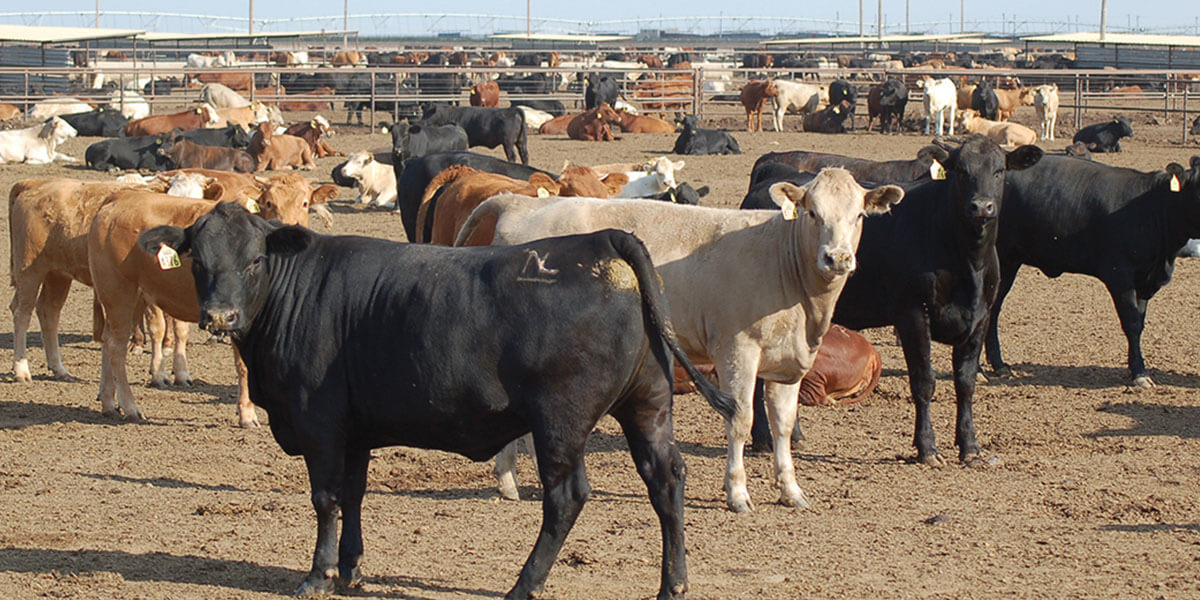Download: Beef Cattle Lameness Decision Tree
Lameness in cattle can have serious economic ramifications on a beef feedlot operation. In one study that included nearly 2 million head of beef cattle, lame cattle accounted for 70% of sales of nonperforming cattle (railers). The price for salvaged lame cattle was just 53% of the original purchase price.
In addition to correctly identifying the early signs of lameness, it is equally important to diagnose the specific type of lameness beef cattle are experiencing in order to implement the correct course of treatment for that animal. This also helps develop a prevention program for the other animals.
For example, two of the most common cattle hoof problems — foot rot and toe abscess — require different treatments. Foot rot should be treated with topical antiseptics and antibiotics specifically approved for foot rot by your veterinarian. Toe abscess, on the other hand, should be treated with long-duration antibiotics and possibly extended therapy, pending your veterinarian’s protocol.
As a part of the Step-Up® Management Program for Beef Cattle, Zinpro has developed a diagnostic guide to help identify the underlying causes of lameness in cattle in order to recommend appropriate management strategies. The decision tree walks beef producers through the steps of identifying hoof lesions correctly. Download the beef cattle lameness decision tree today to learn more.
For more information about treatment options or how to prevent lameness in cattle with performance trace minerals, contact your Zinpro representative today.

